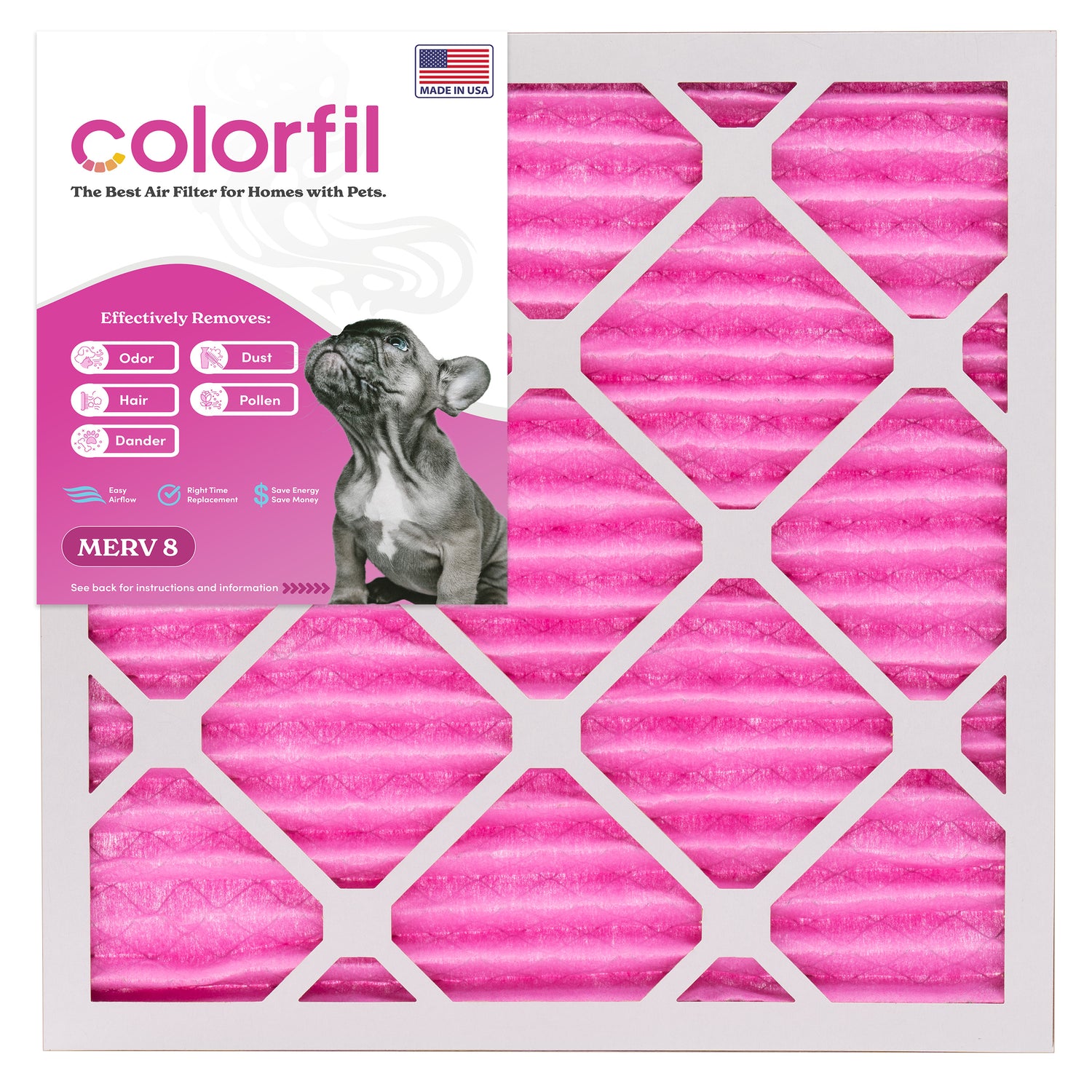You’re sneezing. Your home is dusty. You only think about the airborne allergens and irritants floating around in your living space. Sounds like you need a good air purifier, right?
Maybe! Research shows that cleaner air doesn’t always begin and end with an air purifier. Often, a high-quality filter for your HVAC system can perform just as well, or better. So do air purifiers really work? Let’s take a peek at the top five reasons why you may not actually need an air purifier.
Note: We are not an affiliate website, and therefore do not promote products that generate a commission if you purchase. This is a highly-researched roundup from respected publications, as well as our in-house team of NASA award-winning experts. If you have a suggestion, we’d love to hear from you at help@colorfil.com.
Clean air will cost you
Air purifiers, which sanitize the air by trapping micron-level particles—take dust mites, pet dander, hair, lint, mold, pollen, bacteria, allergens, and even viruses—in order to circulate cleaner air, can cost upwards of a thousand dollars.
That’s just the beginning. Don’t forget about operational costs. Air purifier filters are expensive, too. Prices range from $20 to $200 per filter and can add up. Cut costs by skipping the air purifier and concentrating on your HVAC system. For example, if you use an air filter that changes color when it reaches maximum odor absorption capacity, like Colorfil, you won’t change your filter needlessly, keeping costs low and your air at its cleanest.
Hey Air Purifier, you missed a spot
Is this thing on? Sometimes you just can’t even tell if the air purifier is actually working. That’s because it traps dust in the air, not the dust collecting on your shelves. In a Chicago Tribune article Debbie Carlson reports that according to Patti Solano, director of lung health for the Lung Association in Greater Chicago, “air purifiers won't clean the entire home... Portable air purifiers, the most common, at best can improve a room.”
In other words, don’t throw away your Swiffer just yet. You still have to dust, mop, and vacuum to keep up with all those fun irritants that make you sneeze. That being said, most air purifiers list their maximum treatable space (Ex. Coway Airmega 400 Smart - 2,500 sq ft), so be sure to read the fine print.
As Solano explains in the Carlson article, air purifiers may be better for “people who have lung conditions” and, instead of an air purifier, most others can consider “investing in better filters for furnace[s].”
Ozone by-product is a (very real) thing
Some air purifiers clean the air with negative ions and UV which can produce ozone as a by-product. Debbie Carlson advises in her Chicago Tribune article that, “homeowners should stick to filter-type air purifiers and avoid those that use ozone to clean the air.”
That’s because ozone can act as a respiratory irritant which can do more harm than good.
The Mayo Clinic says that inhaling ozone, even in small amounts, can actually irritate the lungs, increasing the risk of respiratory infections adding that, “inhaled ozone can make asthma worse.”
Those watery eyes won’t just be from the price tag
Pet hair, secondhand smoke, dust mites, indoor air pollution… these are all things that can cause allergies for family members and reasons why you may think you need an air purifier, but remember, not all air purifiers are created equal.
Steven Kurutz of The New York Times reveals that air purifiers are not regulated by the Food and Drug Administration. In fact, Kurutz reports, “Over the years, the Federal Trade Commission has taken action against several makers of air purifiers...for unsubstantiated allergy-relief claims.”
If you’re having allergy issues, start by cleaning your house and picking up an effective MERV-rated HVAC air filter, like Colorfil, that can work to screen out particulates and chemicals air purifiers may miss.
Bought an air purifier? Grab some earplugs.
White noise is one thing, but a jet plane in your room is another. Pay attention to fan speeds on your air purifier if you plan to use it in a bedroom. However, as noted in Debbie Carlson’s Chicago Times article, when air purifiers are set to lower speeds, they can be much less efficient. Or worse, not work at all.
Bottom line, do your homework. Don’t get stuck with a noisy air purifier that doesn’t filter out contaminants or allergens unless it’s on the highest setting. In addition, be on the lookout for air purifiers that boast ‘white noise’ as a feature.
We recommend that before turning to air purifiers, check out all your options for cleaner indoor air. Sometimes the easiest answer is right inside your HVAC unit already. Or at least, that would be true if you were already using the MERV-8 rated Colorfil filters.
Created with direct support from NASA, Colorfil’s air filter technology was built to meet rigorous performance and safety requirements. Can your air purifier say that? That’s rhetorical, we know it can’t.
Let us know below if your air purifier changed your life or if it now lives in your garage with the Christmas decorations.
Reference articles:
https://www.chicagotribune.com/lifestyles/health/sc-cons-0519-air-purifiers-20160517-story.html
https://www.mayoclinic.org/diseases-conditions/asthma/expert-answers/asthma/faq-20058187
https://www.nytimes.com/2013/05/16/garden/an-allergy-sufferer-tests-six-air-purifiers.html


